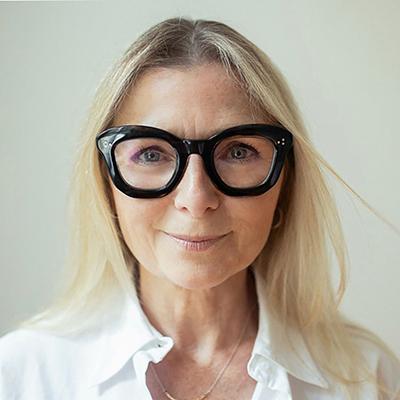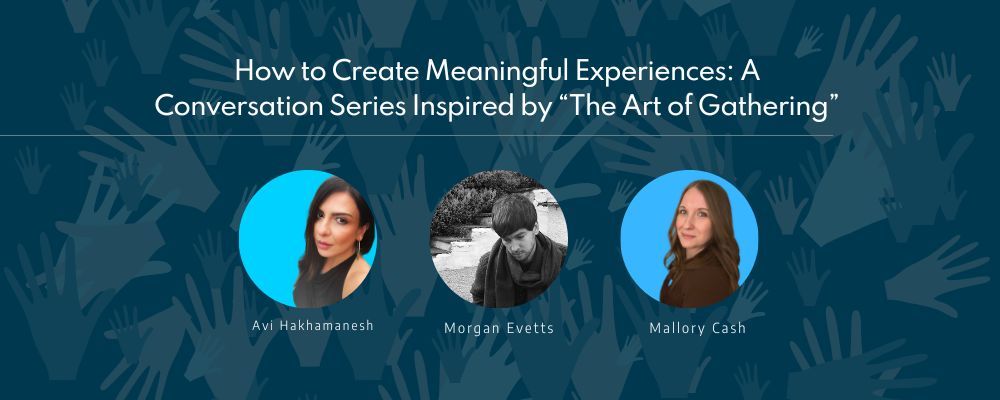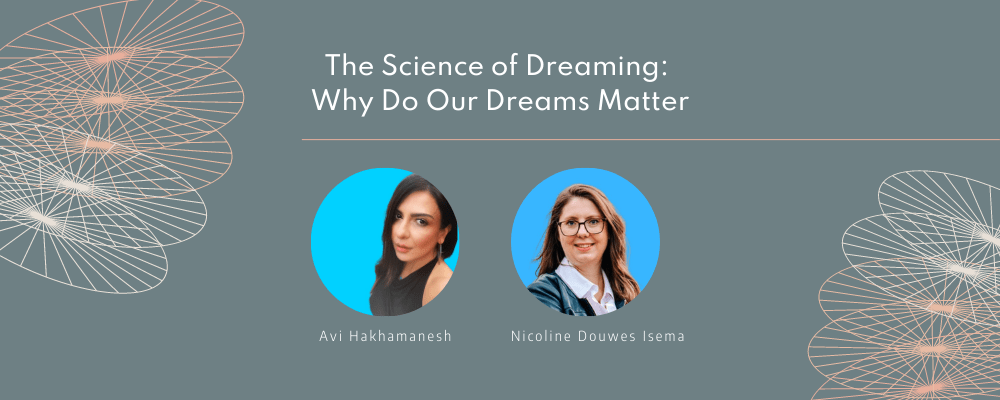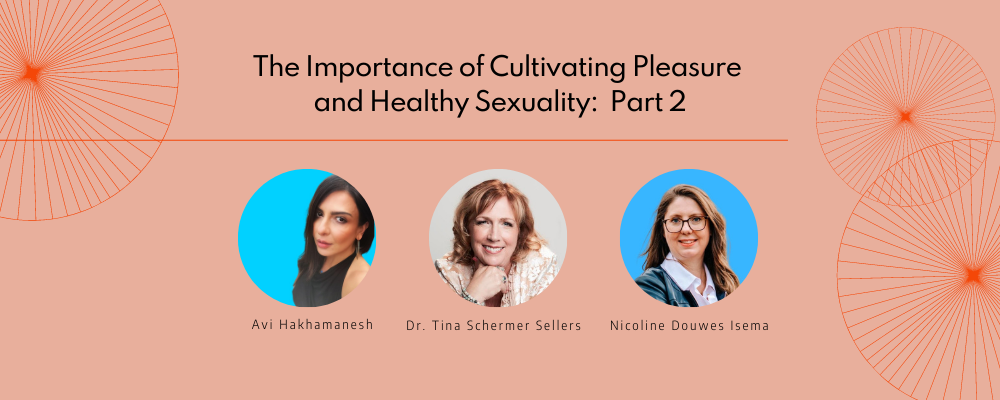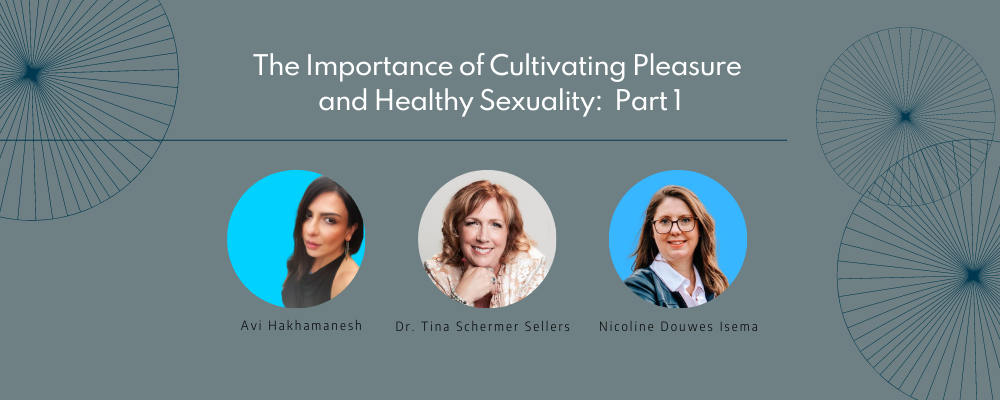How to Manage Change and Uncertainty Without Feeling Stuck
Recent Conversations
Although as adults, most of us realize that change and uncertainty are normal and unavoidable parts of our lives, they are still very challenging to navigate.
We all crave safety. We want to feel secure in our jobs, relationships, health, and general well-being. So, the fear of uncertainty can be completely destabilizing, leaving us anxious, stressed, overwhelmed, feeling powerless, stuck, or even in despair.
But here is the good news: We can actually LEARN to navigate change, and even thrive amidst uncertainty. How, you ask? Enter global leadership consultant, researcher, and author of “Stop. Ask. Explore. Learn to Navigate Change in Times of Uncertainty”, Joan Ball.
In this conversation, Joan draws upon her decades of research and experience to provide deep insights, and practical guidance for navigating life’s inevitable turning points, transitions, and messy middles at work, home, and everywhere in between.
SAVVY Takes
Life interruptions, disruptions, and transitions, and points of inflection have one thing in common. They place our identity and sense of direction into question.
Our personal ability to deal with, and navigate change isn’t uniform across all facets of life. Although we may consider ourselves adept at navigating change, some changes might feel more threatening to us, or hit us harder than others. The impact of each circumstance, and our ability to cope with and navigate it, depends on our unique life experiences and emotional makeup.

Why is change so challenging for us?
According to Joan, we are biologically predisposed to be hyper vigilant when things change. Change can represent danger. The physiological and mental responses we have (whether fear or excitement) are normal and healthy.
These responses help us become aware and understand the changes in the terrain, so we can respond appropriately.
Our culture views change and uncertainty as stressful and anxiety inducing, and this shapes our core beliefs about the threat of change, and our narrative during times of uncertainty and transition. So inflection points naturally spark fear and anxiety in us.
How can we navigate change and uncertainty?
According to Joan, preparation is key to our ability to cope with, navigate, and even thrive during transition points and messy middles.
Deep self-awareness is foundational to this process. Self-awareness allows us to identify potential circumstances that are more likely to cause us stress, or make us feel most vulnerable.
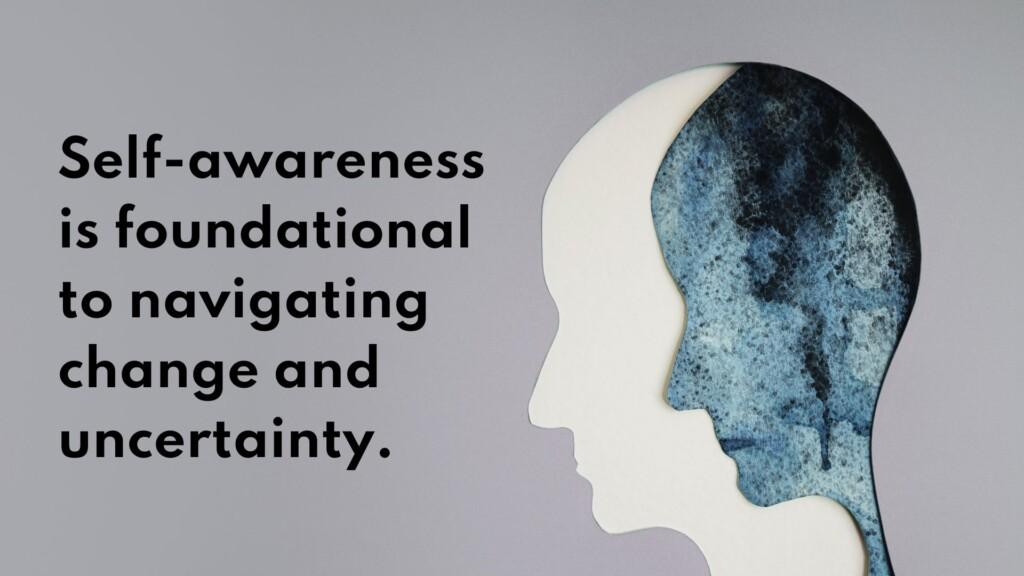
Understanding our trigger points also directs us toward the resources we will need – whether physical (material) or psychological (emotional) in high stress situations. So we can more easily access them during high stress periods, when we feel threatened. This process supports us to at the very least endure, and at most thrive, during periods of uncertainty.
When faced with uncertainty, and the potential for change, Joan offers a framework called “Stop. Ask. Explore” which includes 3 key steps (or phases).
Stop. Ask. Explore
Step 1: Stop
Recognize that the new circumstance in an invitation to pause with intention, self-assess, and open up to learning more about this new space.
This pause allows us to take a few steps back, gather the information we need, and get a sense of the bigger picture.
It prevents us from becoming reactive or the urge to combat our anxiety, fear and other intense emotions by making quick decisions.
Step 2: Ask
Get your bearings and orient yourself in the new reality by asking good questions. What are possible paths? What information or resources do you need to identify and understand all potential possibilities?
Step 3: Explore
Begin to identify, explore and evaluate various options or possible ways forward.
Once we have contextual understanding of our options, we can actively explore through experimenting, by taking action. We take a few steps in one direction to see how the journey shapes up.
By experimenting through action, we might realize that our top option is actually misaligned.
This process helps us eliminate some paths, and brings us closer to the right decision.
Joan calls this “active waiting” because it helps us actively answer some of the questions raised by our inquiry, without the pressure to commit to any specific path. We can explore while waiting for clarity.
What resonates most with me in this approach is the focus on self-awareness as the foundation, and the idea that this is a practice we can develop as part of a lifelong process to better understand ourselves and navigate life’s inevitable challenges.


